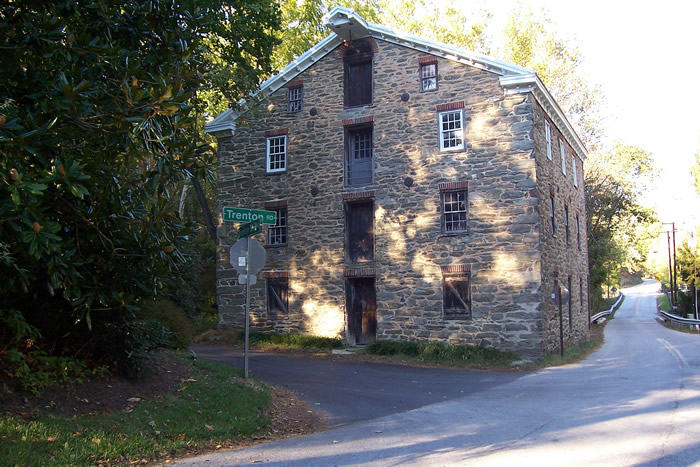
Trenton Mill / Zouck's Mill
Baltimore Co. | Maryland | USA
Watersource: Piney Run
Trenton Mill / Zouck's Mill
This mill is located along the western border of Baltimore Co. near Carroll Co. at the intersection of Trenton Mill Road and Trenton Road in the village of Trenton.
View Larger Map

This mill is at least the second mill built on this site. Tradition says that an earlier mill was built by George Zouck in 1839. The present mill was built by Wesley Armacost for John C. Zouck in 1861-62.
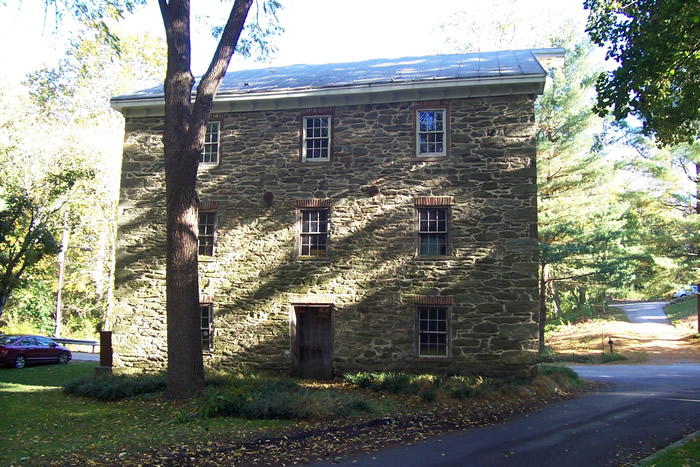
At this time the Village and post office were known as Zoucksville. John C. Zouck mill appears on the 1863 map. Another report says Michael Murray Armacost was the original millwright who did the construction.
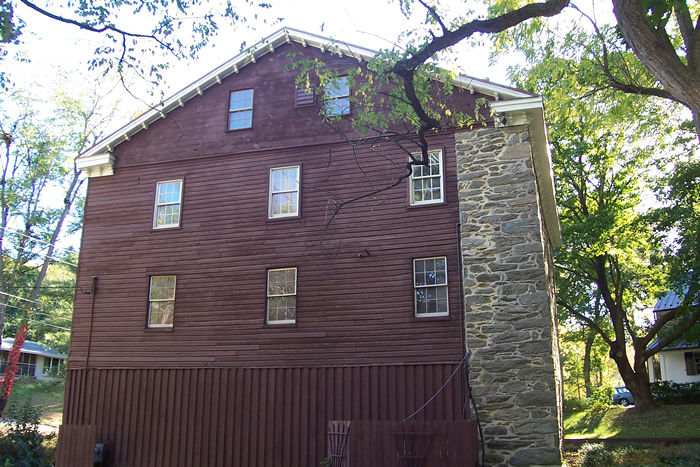
John C. Zouck sold the mill to Mordecal Parrish in 1864. The next year Parrish died and was succeeded by tenant operators until the mill was purchased by John M. Wheeler.
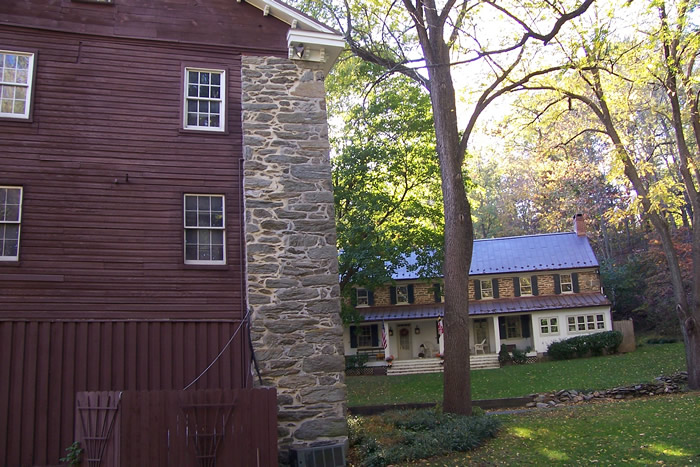
Clauis G. Brown was the miller at this time and he told Wheeler the dam was not real sturdy. In June, 1866 the dam gave way. On the 1877 atlas it is shown as J. M. Wheeler's at Trenton Post Office. In 1868 the town's name was changed to Trenton.
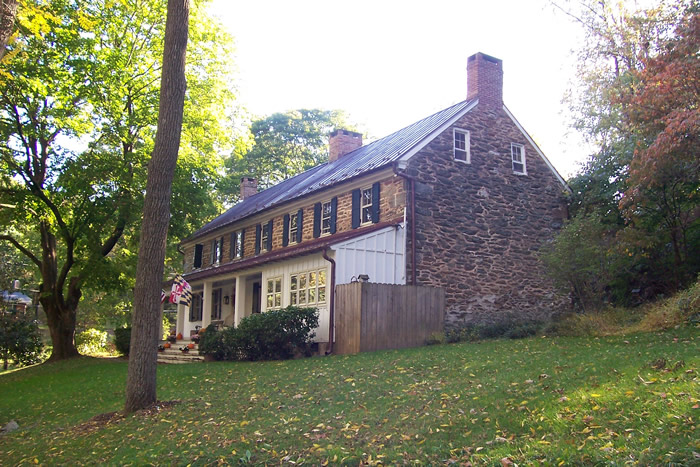
William Heaffer rented the mill when Wheeler lost it by default. C. G. Brown was listed as the miller in the 1887 state directory. George M. Jordan, purchased the mill in 1920 and at one time shipped 40 tons/month. Jordan replaced the wooden trough with an iron pipe and installed a steel waterwheel 18'4" in diameter. He ran the mill until 1946, when he sold it to McCormack, who then sold it to Harry S. Morefoot, the last to operate the mill.
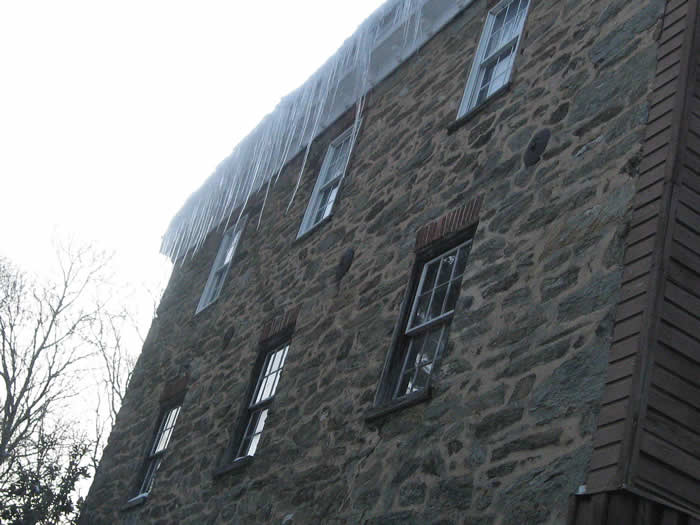
The dam gave way again on July 15, 1951 and was not repaired.In 1955, Miss Zotie A. Boczkowski-Bea purchased the mill property, but was only interested in the miller's house on the property. She later sold the mill to Alexander Murrey Fisher, Jr., a kinsman of the original millwright, in 1975.
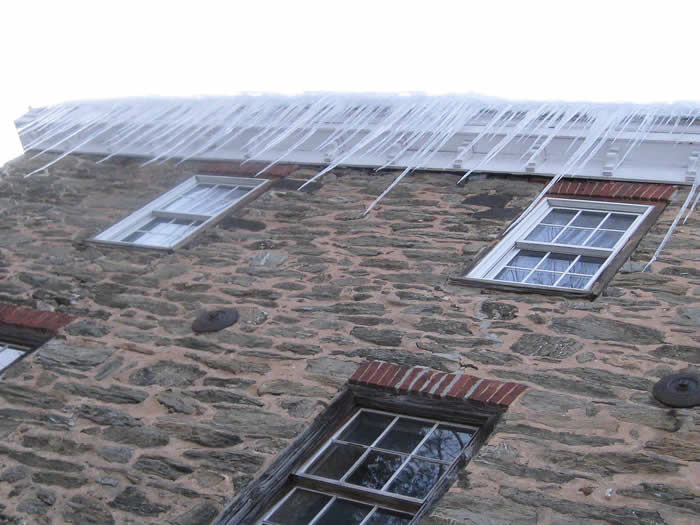
Culver made may repairs to the building. In 1993, John Culver purchased the Millers house and also the mill in 1997. Both properties were now back together.
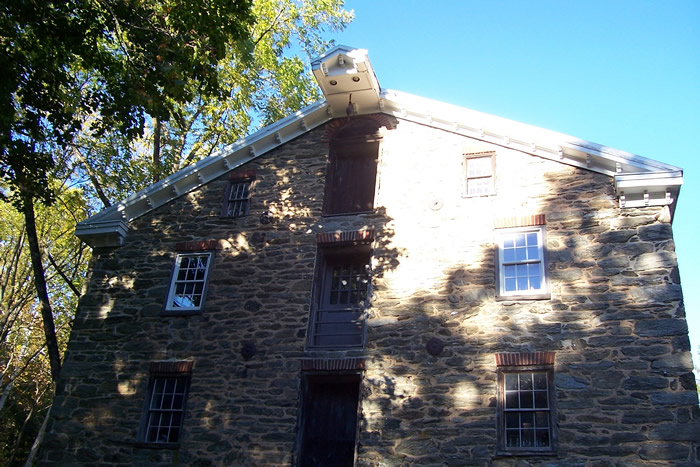
Water from the mill dam was carried by a wooden trough to the big wooden water wheel which turned the four-foot burr stones. On the first floor there was a hammer mill used to pulverize grains for feed and a corn crusher.

Burr and roller flour were made on the second floor. The third and fourth floors were used for grain storage. GPS: 39' 34.56'N, 76' 48.71'W ele. 591'/180 meters Hampstead Quadrangle